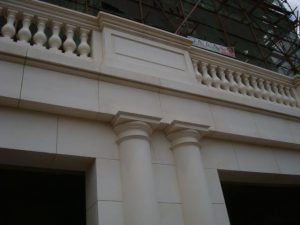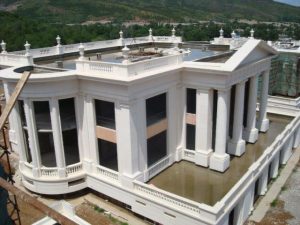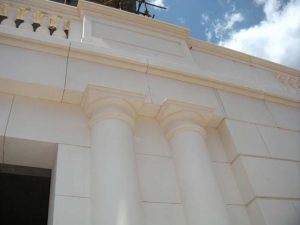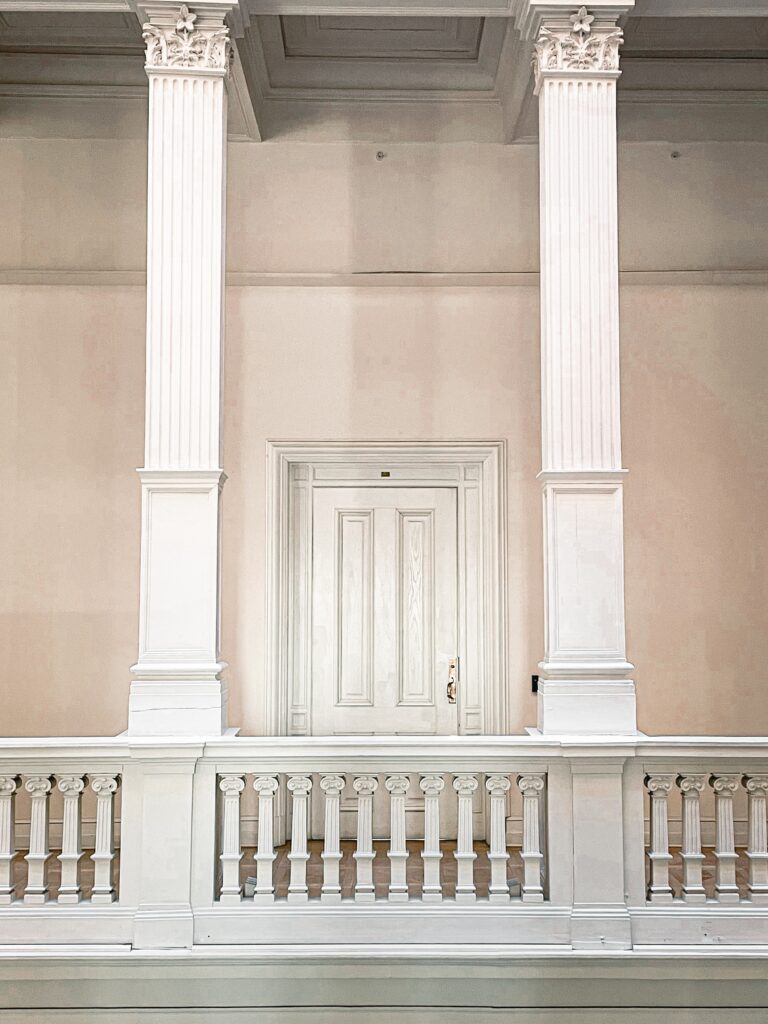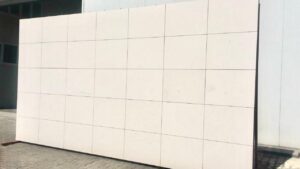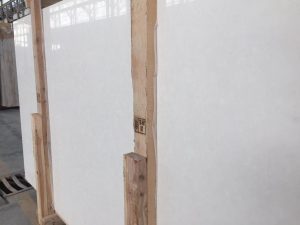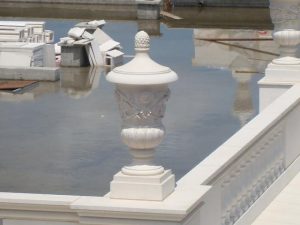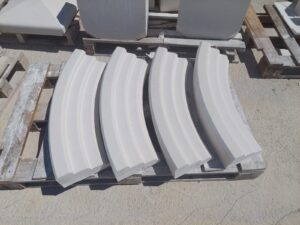In this article, we will explore important information about Turkish white Limestone (Limestone White), covering the following topics:
- What is Turkish Limestone (Limestone White)?
- Where is Turkish Limestone (Limestone White) extracted from in Turkey?
- Types and Colors of Turkish Limestone:
- Uses and Applications of Turkish White Limestone:
- Unique Designs Possible with Turkish Limestone:
- Physical Specifications and Properties of Turkish Limestone:
What is Turkish Limestone (Limestone White)?
Limestone is a type of natural stone widely used in construction, decoration, and sculpting in palaces and villas. According to Wikipedia, limestone is a type of sedimentary rock, and its primary source is lime. It mainly consists of minerals like calcite and aragonite, which are different crystalline forms of calcium carbonate.
This type of stone is also known by names such as limestone and sesame stone and is available in several Turkish quarries. Most of these quarries are located in Antalya, Turkey.
Types and Colors of Turkish Limestone (Limestone White):
Turkish limestone comes in various types and colors, including:
- White Sesame Limestone: Characterized by its porous colors and appreciated for its beauty.
- Victoria Beige: Pressed with cement to become suitable as sandstone, this is one type of limestone.
- Claudia Plain White Limestone: Notable for its non-slip properties and high heat resistance.
- Funky Beige Sesame Limestone: A porous and uniform stone that withstands both heat and cold without affecting the temperature inside and outside buildings.
Colors of Turkish Limestone:
Turkish limestone is available in several primary colors, including gray, light gray, and dark gray. The most common color is gray interspersed with white tones. These stones may appear irregular before human intervention, often spherical or irregular due to natural factors and sand deposits.

Uses and Applications of Turkish White Limestone:
Turkish limestone is a captivating choice for decorating building facades, villas, and swimming pools. It is also used in interior and exterior decoration. It is found in projects aiming for distinction and reflecting luxury and elegance.
Enjoying the Beauty of Turkish Limestone (Limestone White):
If you are looking for a natural stone that adds a warm beauty to your home or project, Turkish limestone is an ideal choice. Opt for a facade that reflects the elegance of your project in the best way.
Kurabi Marble, we offer the finest Turkish stone and marble directly from the quarry at competitive prices and high quality that meets Turkish and European standards.
Turkish White Limestone (Limestone White): Beauty and Quality
Turkish white limestone is known for its pure whiteness, elegance, and attractiveness, along with its uniform color, making it ideal for architectural designs. This stone also does not absorb heat but reflects it, making it an excellent choice for hot climates.
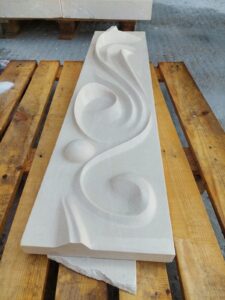
Applications of Turkish White Limestone (Limestone White):
Turkish white limestone is used in a variety of applications, including:
- Building facades.
- Artistic sculptures.
- Channels, arches, and pool edges.
- Decorations and external decor for columns, capitals, and window and door embellishments.
- Interior decorations for offices and luxury buildings, including fireplaces.
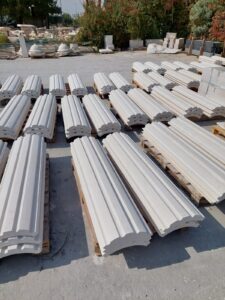
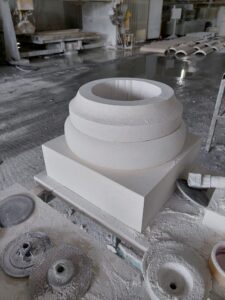
Turkish White Limestone (Limestone White) for All Elegant Designs:
Whether you are seeking a modern or traditional design, Turkish white limestone suits all styles. It can transform the facade of your home or project into a distinctive feature that reflects beauty, elegance, and luxury.

Turkish Limestone (Limestone White): Guaranteed High Quality
Turkish white limestone comes from the best quarries in Antalya and Manisa, Turkey. It is cut and processed using the latest laser cutting machines and the best polishing and treatment equipment, adhering to the highest Turkish and European quality standards.

 Physical Specifications and Properties of Turkish White Limestone (Limestone White):
Physical Specifications and Properties of Turkish White Limestone (Limestone White):
Most types of limestone are characterized by the presence of scattered grains in a matrix containing calcareous mud. This matrix usually forms the bulk of ancient carbonate rocks. The mud made up of individual crystals smaller than 5 micrometers (0.20 mm) is referred to as “micrite.” Repeated crystallization of micrite forms microspar, characterized by grains ranging between 5 and 15 micrometers (0.20 to 0.59 mm).
Limestone typically contains larger calcite crystals, ranging from 0.02 to 0.1 mm (0.79 to 3.94 mm). These crystals are known as “calcite spar” or “sparite.” Sparite can be distinguished from micrite by its larger crystal size, which is more than 20 micrometers (0.79 mm) and can be clearly seen under a hand lens or in thin sections as white or transparent crystals.
Specifications:
- Density (kg/m³): 7.90
- Water Absorption at Atmospheric Pressure: 2.45%
- Compressive Strength: 76,160 Pascals
- Tensile Strength (Tear): 15.49
- Weight per Cubic Meter: 1.50 tons
Contact us to benefit from the beauty and quality of Turkish white limestone in your project.
